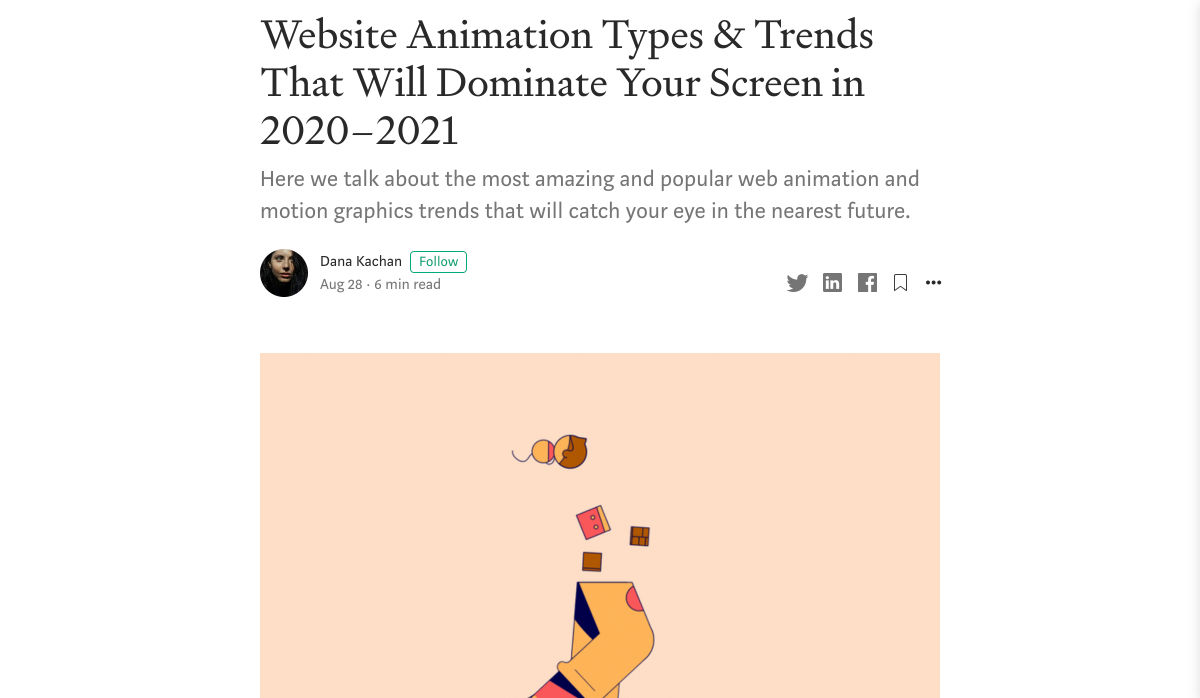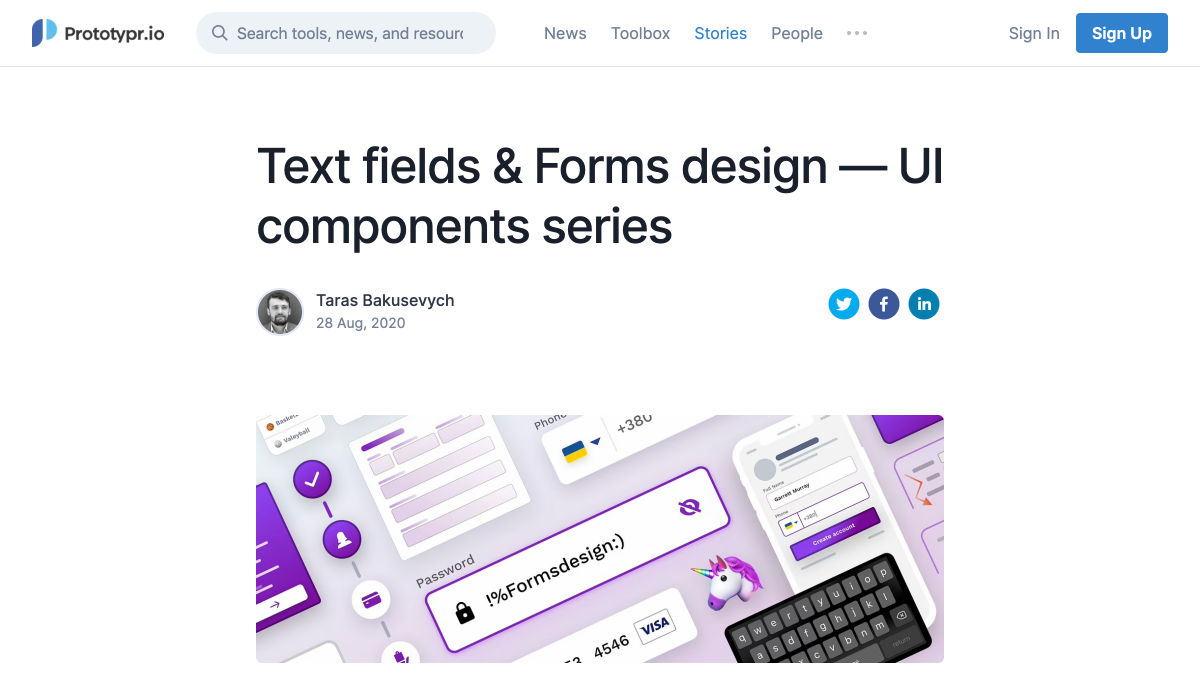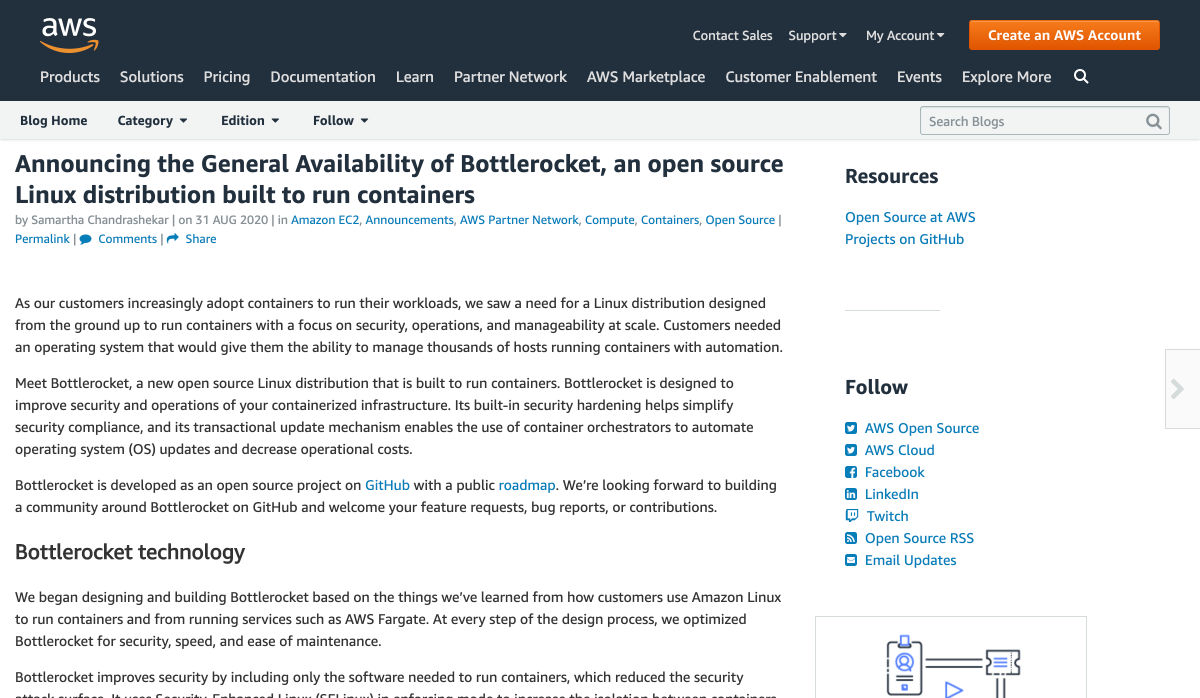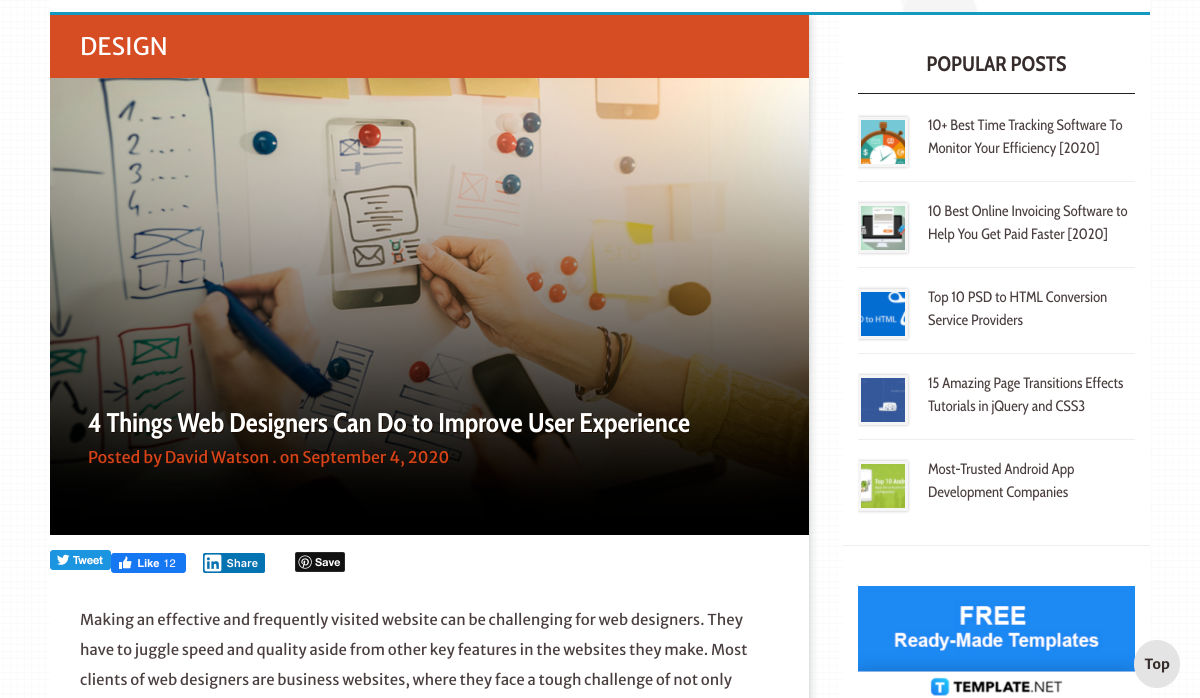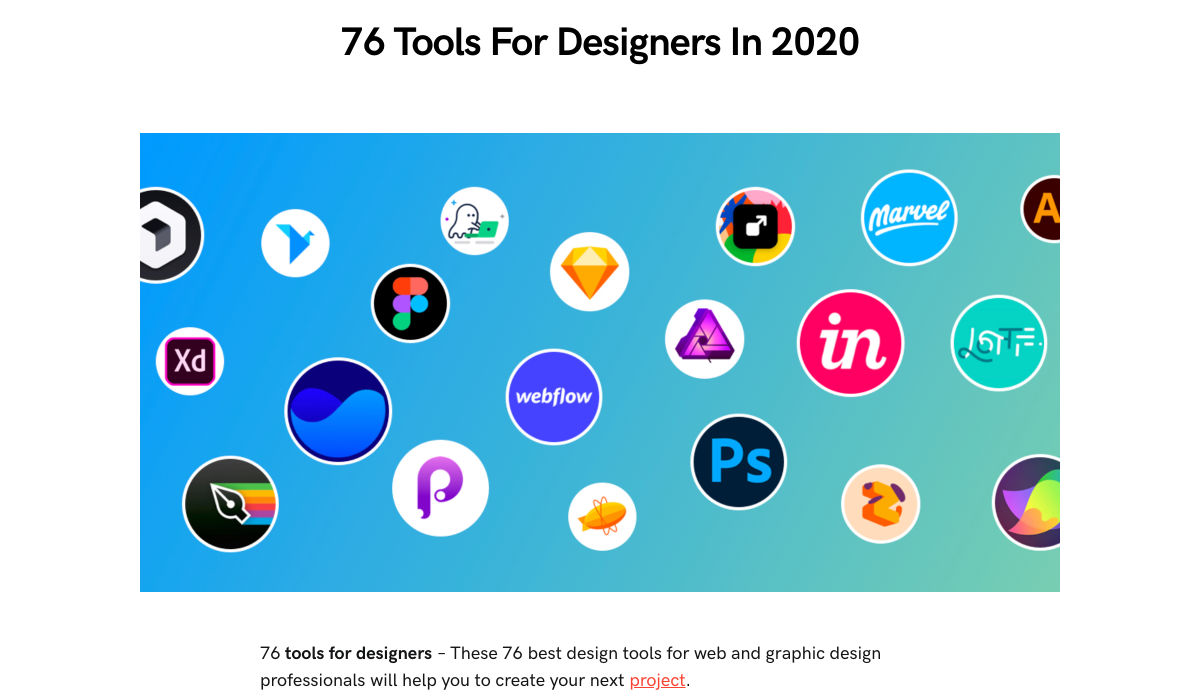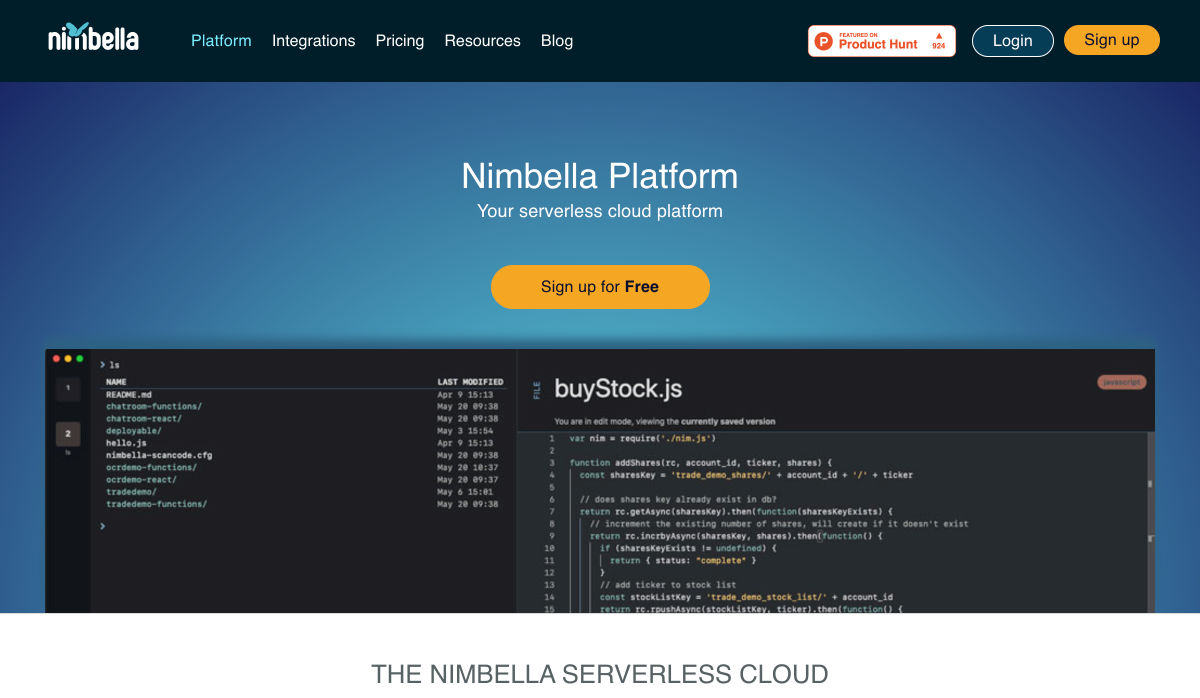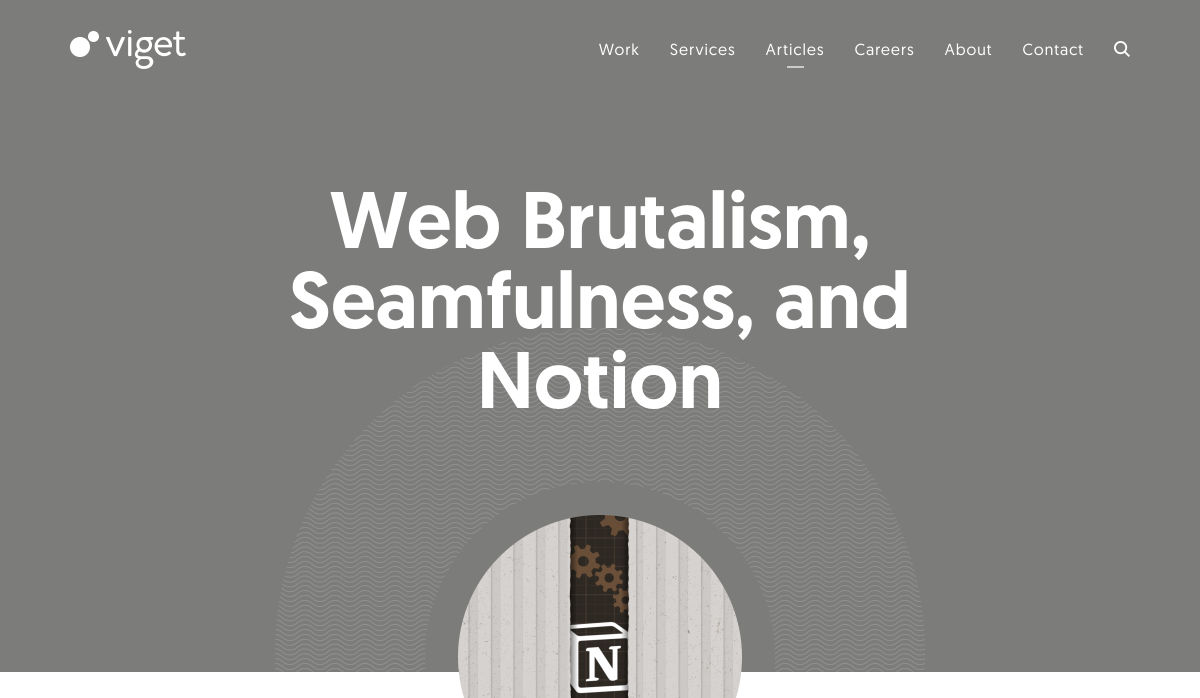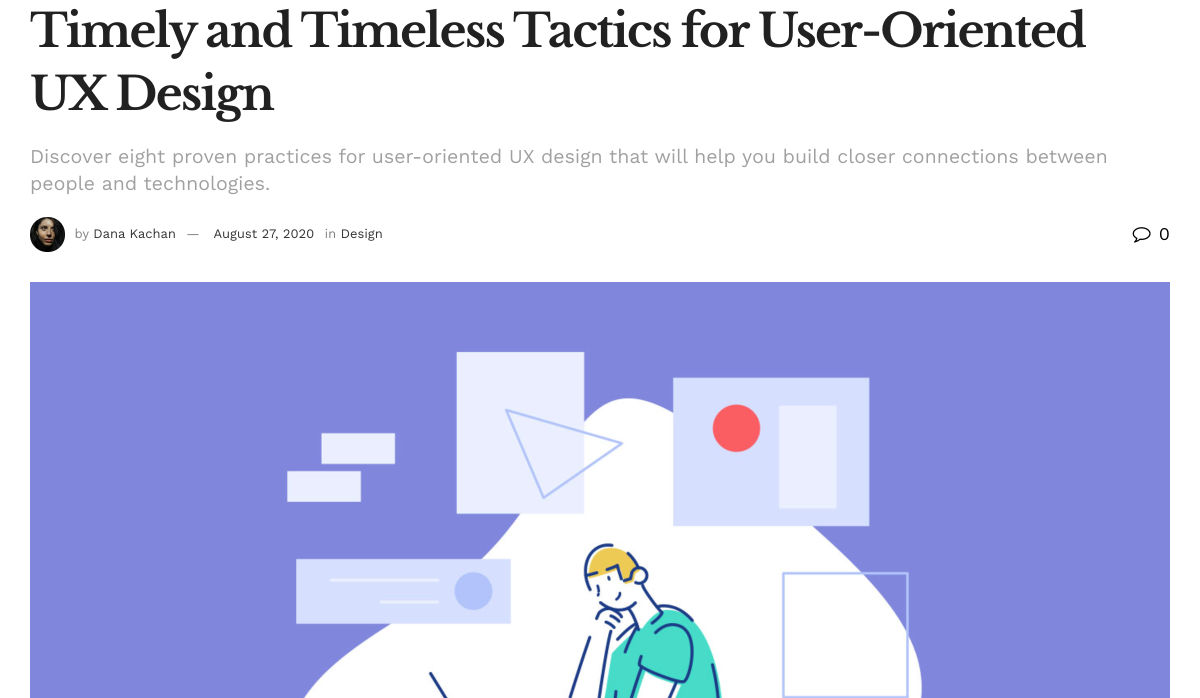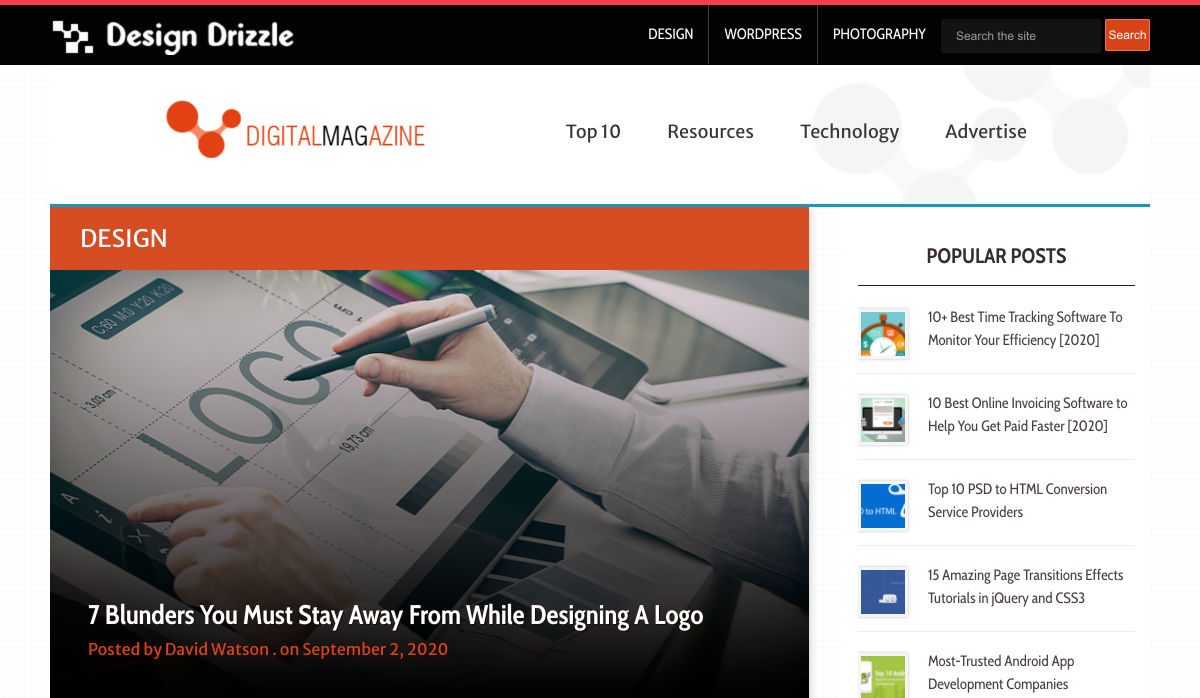
- Ouvert à 2 000 candidats de niveau BEP à bac + 5
- 80 % d’entre eux devraient ainsi retrouver un emploi à l’issue de la formation au sein de grands groupes (clients installés SAP en France) ou d’Entreprises de Services du Numérique en recherche de compétences SAP.
- Un dispositif pour supporter l’emploi en France et pallier au manque de compétences fonctionnelles et techniques sur le marché du travail.
Paris, le 22 septembre 2020 – Partant du constat que 40% des employeurs européens ont des difficultés à trouver des profils compétents et experts en informatique, équivalent à environ 500 000 emplois non pourvus, SAP a lancé, en France, son programme de formation People to Work destiné aux demandeurs d’emploi en démarrant par une initiative engagée avec Fitec, acteur majeur de la formation métier de l´ingénierie pédagogique et de la formation Tutorée à distance. Un programme qui a fait ses preuves en Allemagne depuis plus de 20 ans et qui permet à plusieurs milliers de demandeurs d’emploi d’accéder à un emploi rapidement grâce à des formations certifiantes SAP.
Une formation qualifiante et certifiée pour booster sa carrière
Le programme People to Work de SAP permet à des personnes en recherche d’emploi de compléter leurs compétences, se former et obtenir la certification SAP pour faire la différence lors des actions de recherche d’emploi. Il s’adresse à des candidats de niveau BEP à bac + 5 issus des domaines métiers de l’administration des ventes, achats, logistique, comptabilité et contrôle de gestion.
L’initiative propose des programmes individuels et personnalisés de 90h de formation autour des solutions « Ventes & Achats » et « Comptabilité Fournisseurs et Clients » de SAP. Les formations sont dispensées à distance et reposent sur des systèmes de formation SAP dernier cri et des formateurs certifiés SAP qui jouent un rôle important sur la qualité du programme. Chaque semaine, le stagiaire fait un point avec son coach personnel pour revenir sur la semaine écoulée. Ces formations permettent de bénéficier d’une certification SAP, celle de consultant, niveau Associates, et celle d’utilisateur.
Former 2000 demandeurs d’emplois en en France d’ici la fin de l’année
Initié il y a quelques mois en Ile de France, le programme est désormais accessible de tous au niveau national. Depuis sa mise en place, plus de 500 personnes ont bénéficié du programme. SAP et Fitec comptent dès aujourd’hui accélérer la cadence pour former au total 2000 personnes d’ici fin 2020.
People to Work certifie chaque année 25 000 personnes en recherche d’emploi à travers le monde et près de 80% d’entre-deux trouvent un emploi une fois la formation terminée. Le programme vise également à réduire le nombre de personnes vivant dans l’extrême pauvreté mais aussi à contribuer aux cinq objectifs de développement durable établis par les Nations Unies.
Pour en savoir plus et s’inscrire il suffit d’aller sur MonTuteur.fr de Fitec et d’aller sur l’espace SAP.
« Le programme People to Work est une chance pour des milliers de personnes en France de se doter d’une formation qualifiante et de nouvelles compétences pour changer de voie ou simplement trouver plus rapidement un travail qualifié. Désormais déployé sur l’ensemble du territoire, il va pouvoir bénéficier au plus grand nombre. J’espère que cette démarche rencontrera le même succès qu’en Allemagne où elle a été lancée initialement », précise Gérald Karsenti, président de SAP France.
Suite à une demande croissante, SAP et le groupe FITEC proposent également des formations pour ses solutions de gestion des ressources humaines SAP SuccessFactors et de marketing, vente et relation client SAP Customer Experience, montrant une évolution des profils recherchés par les entreprises. DEVENEZ by Fitec propose des programmes longs de 200h à 400h pour des candidats de niveau bac + 3 à 5 souhaitant occuper un poste de consultant SAP, dans le cadre de parcours reskiling et Up’skiling.
A propos de SAP
La stratégie de SAP vise à aider chaque organisation à fonctionner en “entreprise intelligente”. En tant que leader du marché des logiciels d’application d’entreprise, nous aidons les entreprises de toutes tailles et de tous secteurs à opérer au mieux : 77 % des transactions commerciales mondiales entrent en contact avec un système SAP®. Nos technologies de Machine Learning, d’Internet des objets (IoT) et d’analytique avancées aident nos clients à transformer leurs activités en “entreprises intelligentes”. SAP permet aux personnes et aux organisations d’avoir une vision approfondie de leur business et favorise la collaboration afin qu’elles puissent garder une longueur d’avance sur leurs concurrents. Nous simplifions la technologie afin que les entreprises puissent utiliser nos logiciels comme elles le souhaitent – sans interruption. Notre suite d’applications et de services de bout en bout permet aux clients privés et publics de 25 secteurs d’activité dans le monde de fonctionner de manière rentable, de s’adapter en permanence et de faire la différence. Avec son réseau mondial de clients, partenaires, employés et leaders d’opinion, SAP aide le monde à mieux fonctionner et à améliorer la vie de chacun. Pour plus d’informations, visitez le site www.sap.com .
A propos de FITEC
Partenaire formation de SAP depuis plus de 13 ans, deux départements au sein du groupe FITEC œuvrent en étroite collaboration avec SAP en France et en Allemagne dans le cadre du programme SAP People to Work :
DEVENEZ by Fitec programme longs de 200h à 400h pour des candidats de niveau bac + 3 à 5 souhaitant occuper un poste de Consultant Fonctionnel SAP S4/HANA Transformation Digitale, dans le cadre de parcours reskiling et Up’skiling.
MonTuteur by Fitec, programmes Individuels et personnalisés de 90h pour des candidats de niveau BEP à bac + 5 issus des domaines métiers de l’administration des ventes, achats, logistique, comptabilité et contrôle de gestion souhaitant compléter leurs compétences, se former et obtenir la certification SAP pour faire la différence lors des actions de recherche d’emplois. https://vimeo.com/456830760/484f0239d4
En lien avec le Covid19, Le groupe FITEC propose également aux entreprises et candidats qui le souhaitent des programmes de Up’skiling entièrement pris en charge pour les salariés.
Contacts presse :
Daniel MARGATO, Directeur Communication : 06 64 25 38 08 – daniel.margato@sap.com
Sylvain Drillon : 06 44 71 35 68 – presse-sap@publicisconsultants.com
SAP Press Room; press@sap.com
Veuillez tenir compte de notre politique de confidentialité. Si vous avez reçu cette alerte de presse dans votre courriel et que vous souhaitez vous désabonner de notre liste d’envoi, veuillez communiquer avec presse-sap@publicisconsultants.com et écrire Désabonnement dans la ligne Objet.
The post SAP et le groupe FITEC vont former plusieurs milliers de personnes en recherche d’emploi en France aux technologies SAP en 2020 appeared first on SAP France News.
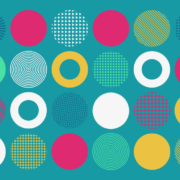
 Every week users submit a lot of interesting stuff on our sister site Webdesigner News, highlighting great content from around the web that can be of interest to web designers.
Every week users submit a lot of interesting stuff on our sister site Webdesigner News, highlighting great content from around the web that can be of interest to web designers.
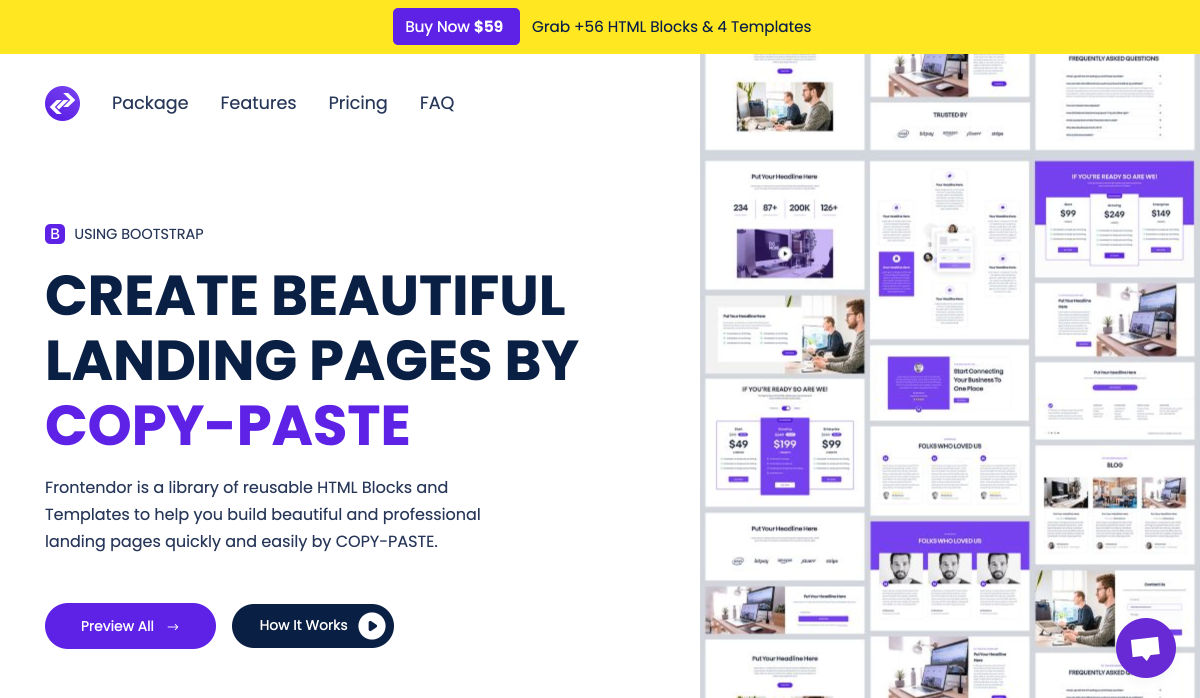


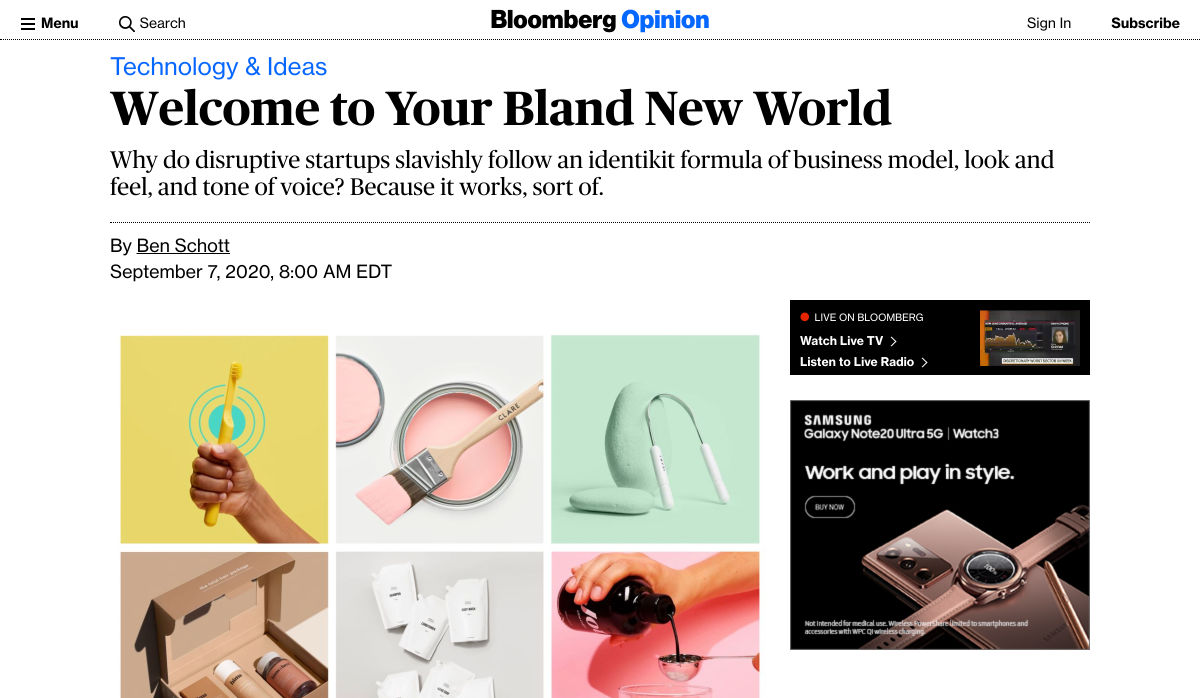






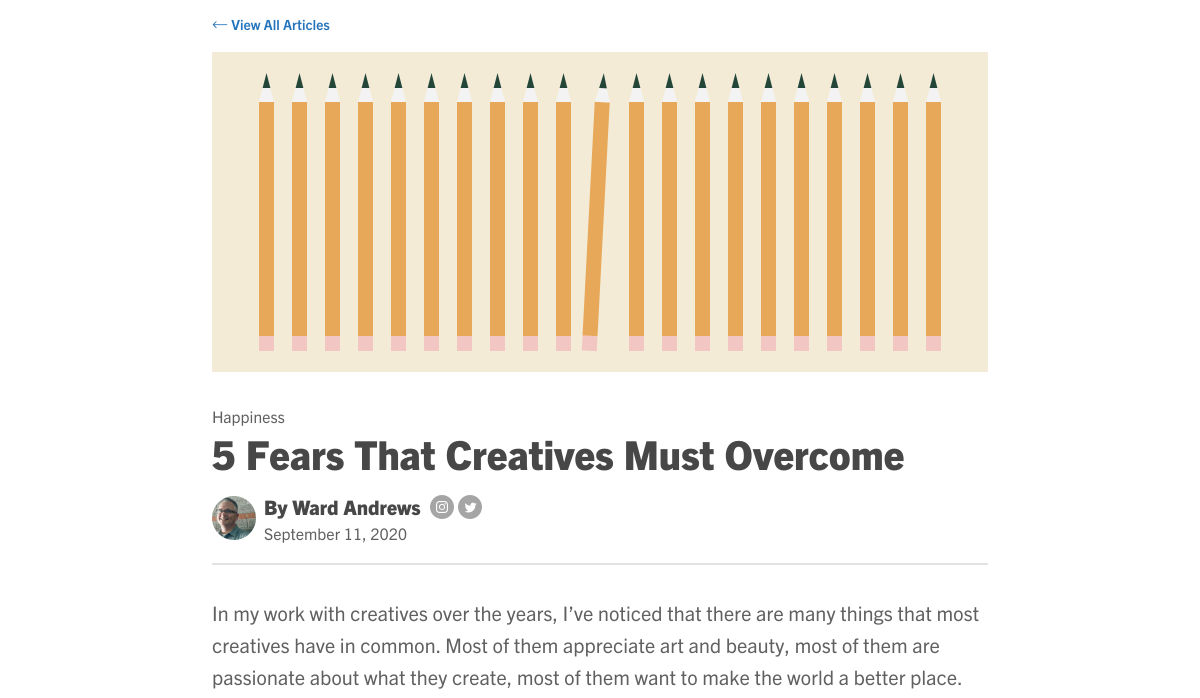





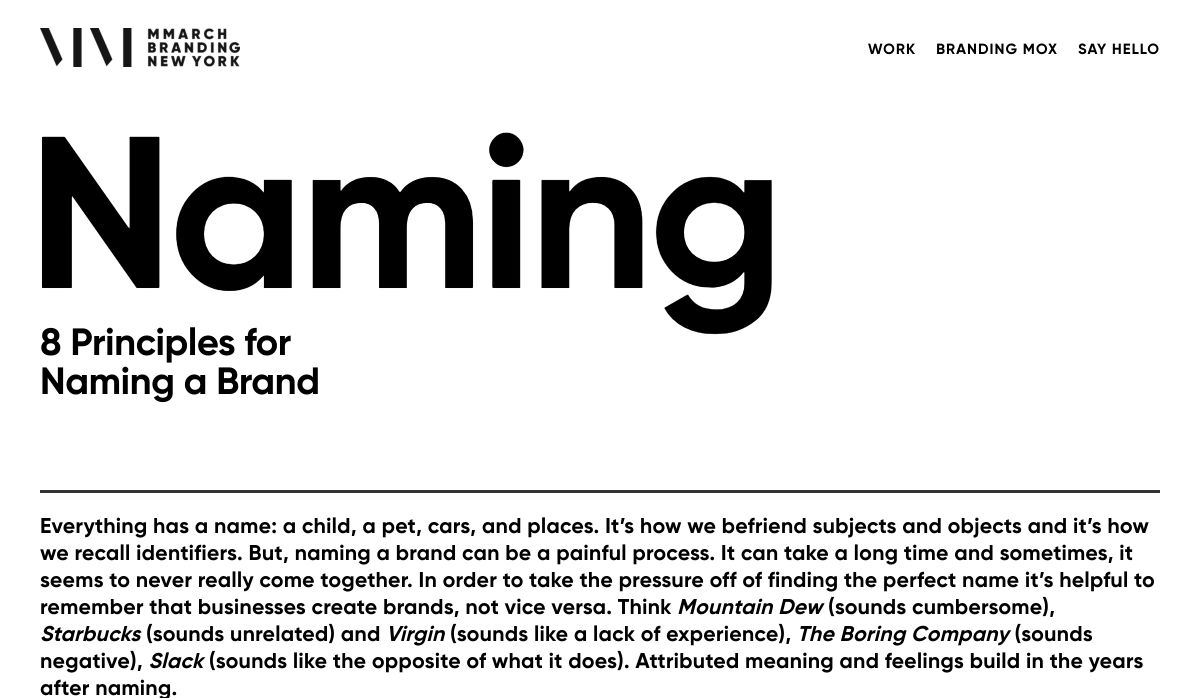
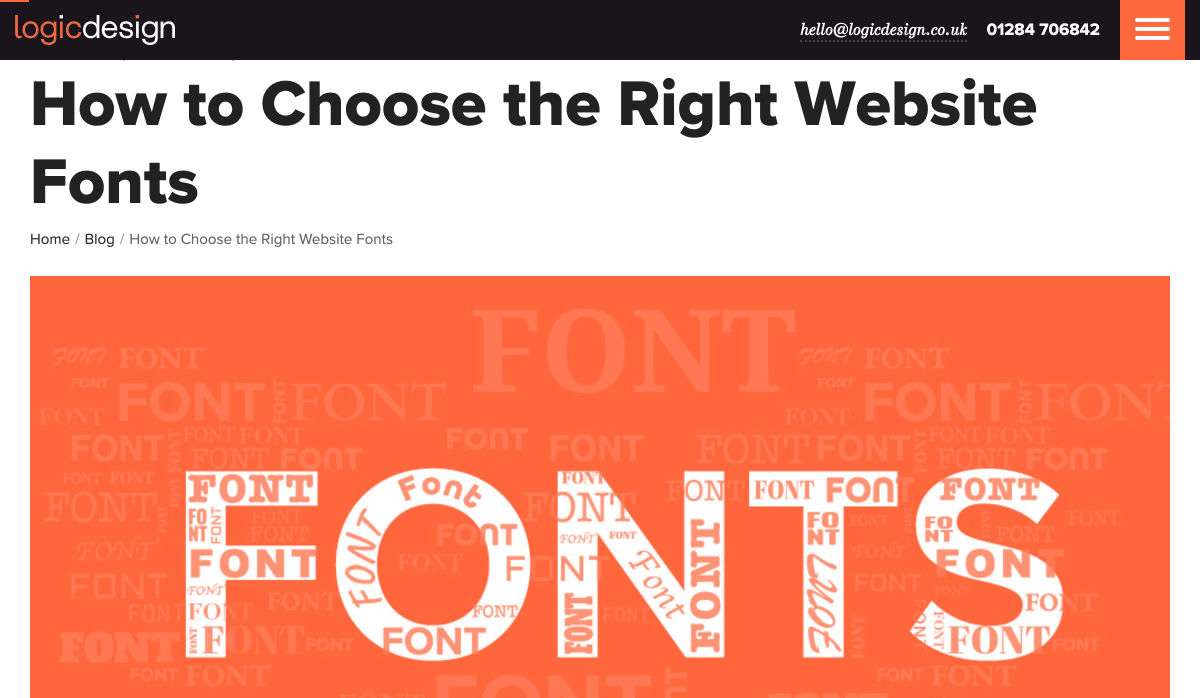


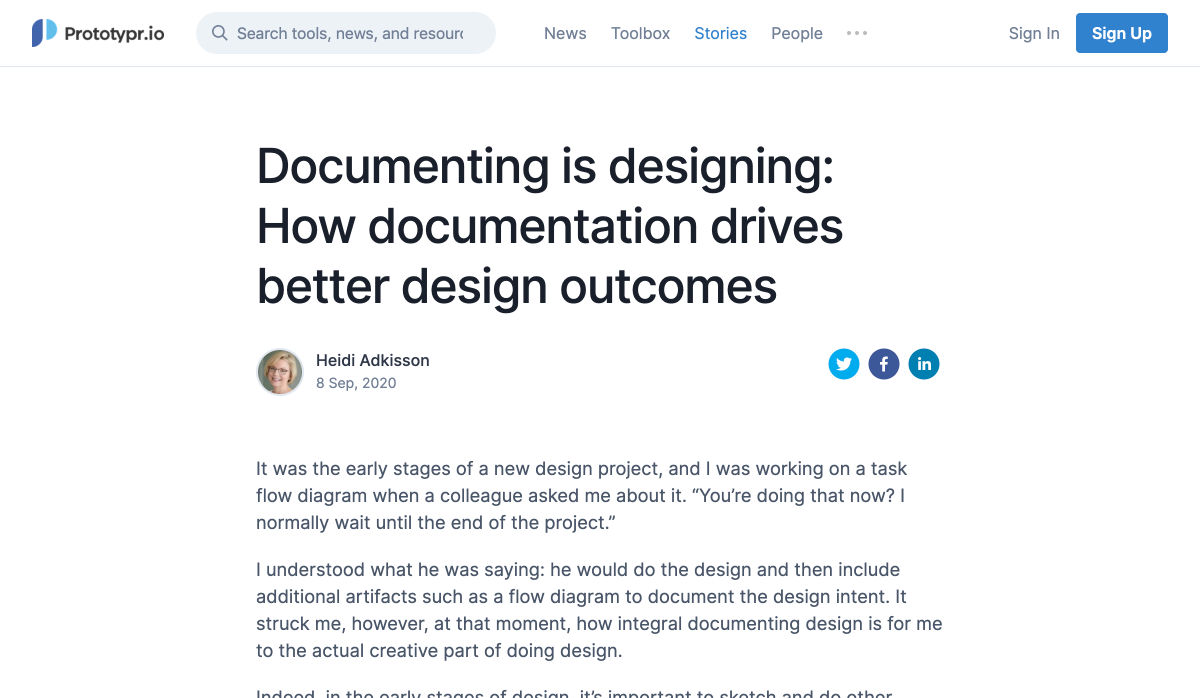



 As a freelance web developer, how many clients do you get from your website? If you’re like most, you’re probably lucky to get one client every 2-3 months. Unfortunately, that’s very common.
As a freelance web developer, how many clients do you get from your website? If you’re like most, you’re probably lucky to get one client every 2-3 months. Unfortunately, that’s very common.


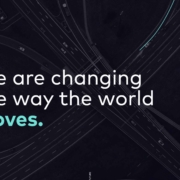












 In today’s look at the latest research for web designers, we’re going to look at studies and reports from Payoneer, Robert Half, Hootsuite, and Contentsquare to see what they have to say about things like:
In today’s look at the latest research for web designers, we’re going to look at studies and reports from Payoneer, Robert Half, Hootsuite, and Contentsquare to see what they have to say about things like:







 Every week users submit a lot of interesting stuff on our sister site Webdesigner News, highlighting great content from around the web that can be of interest to web designers.
Every week users submit a lot of interesting stuff on our sister site Webdesigner News, highlighting great content from around the web that can be of interest to web designers.
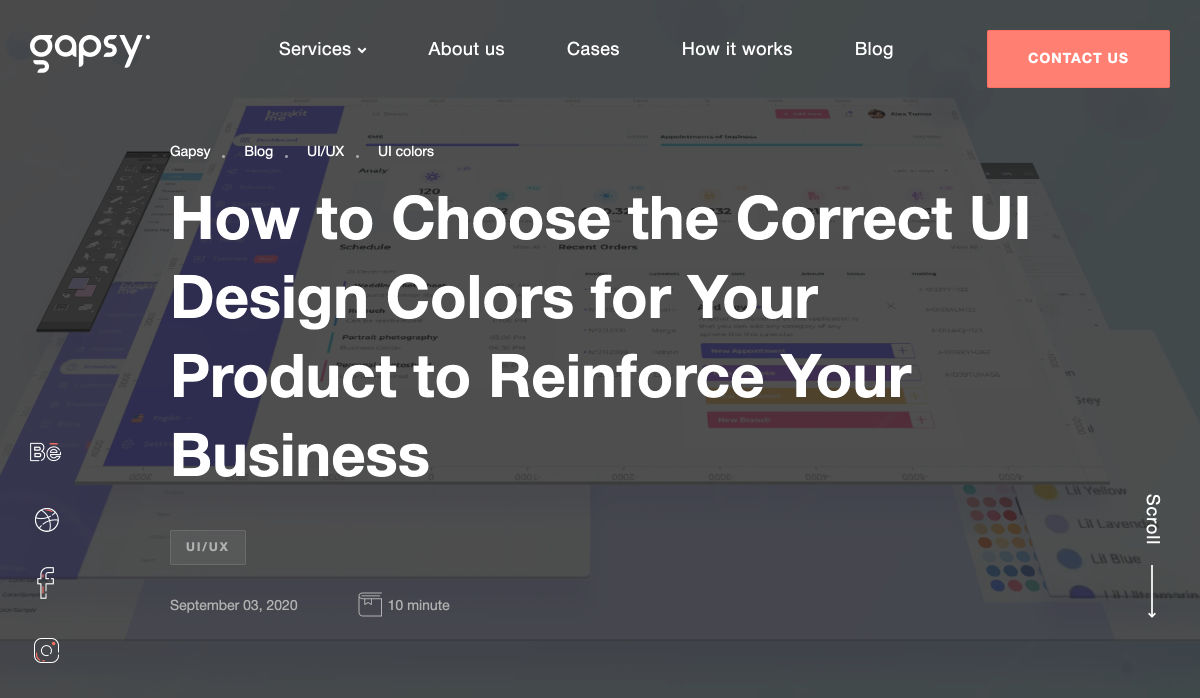
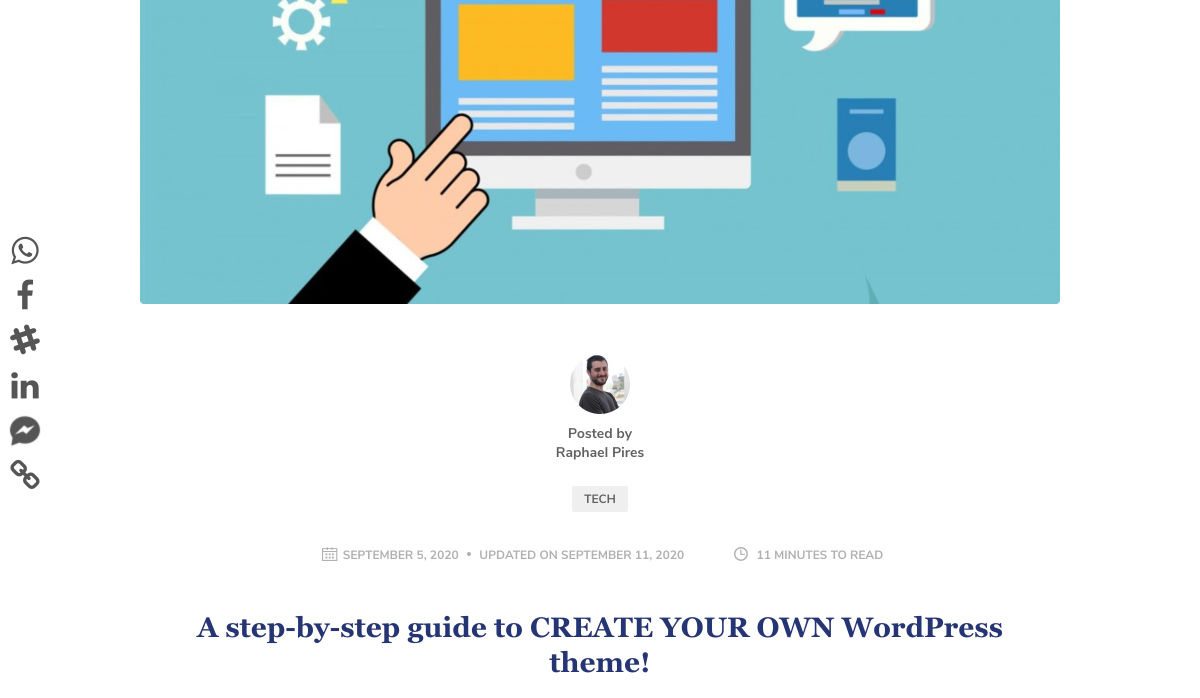

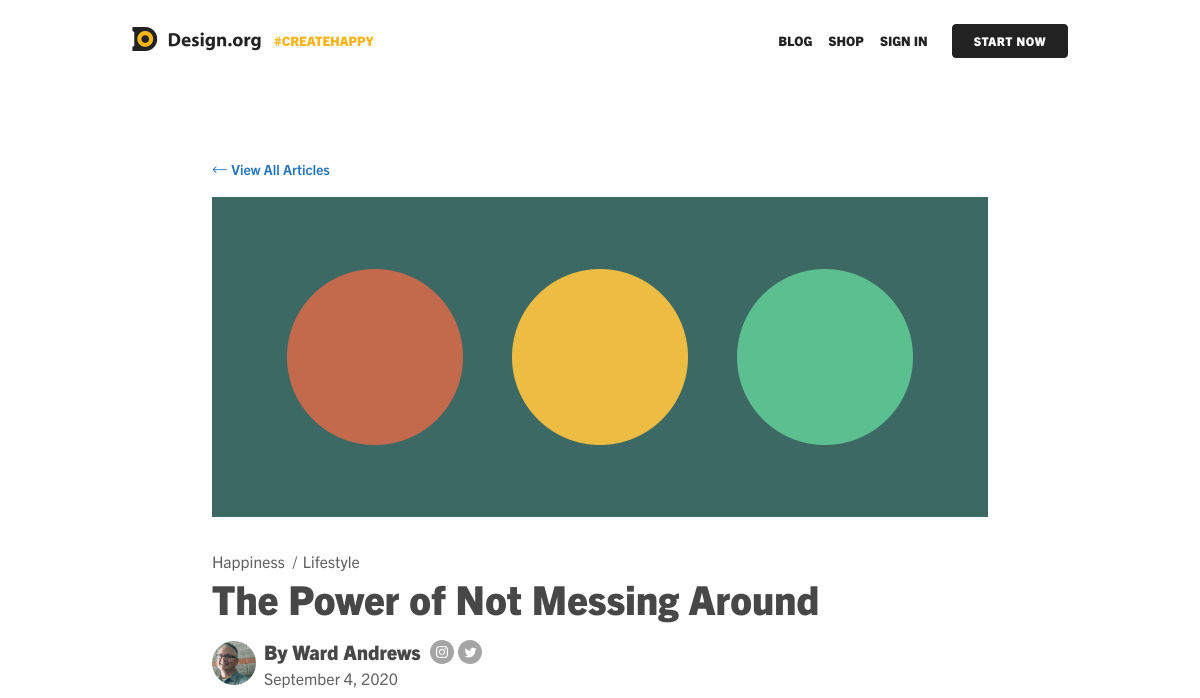
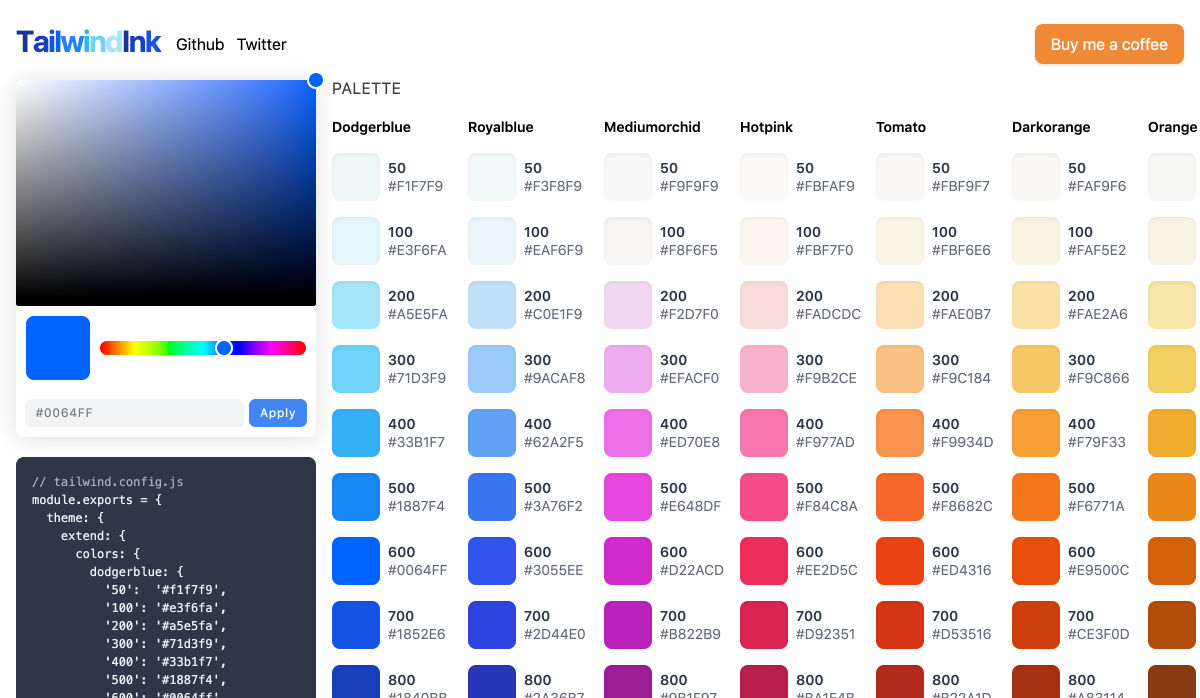
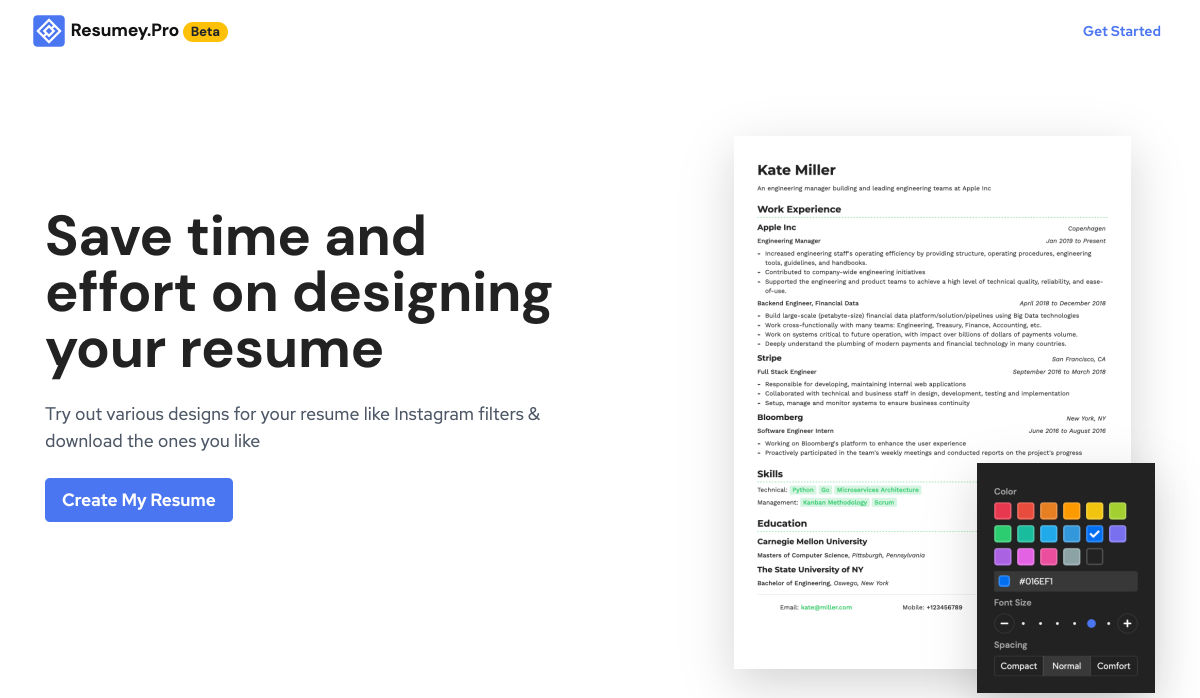

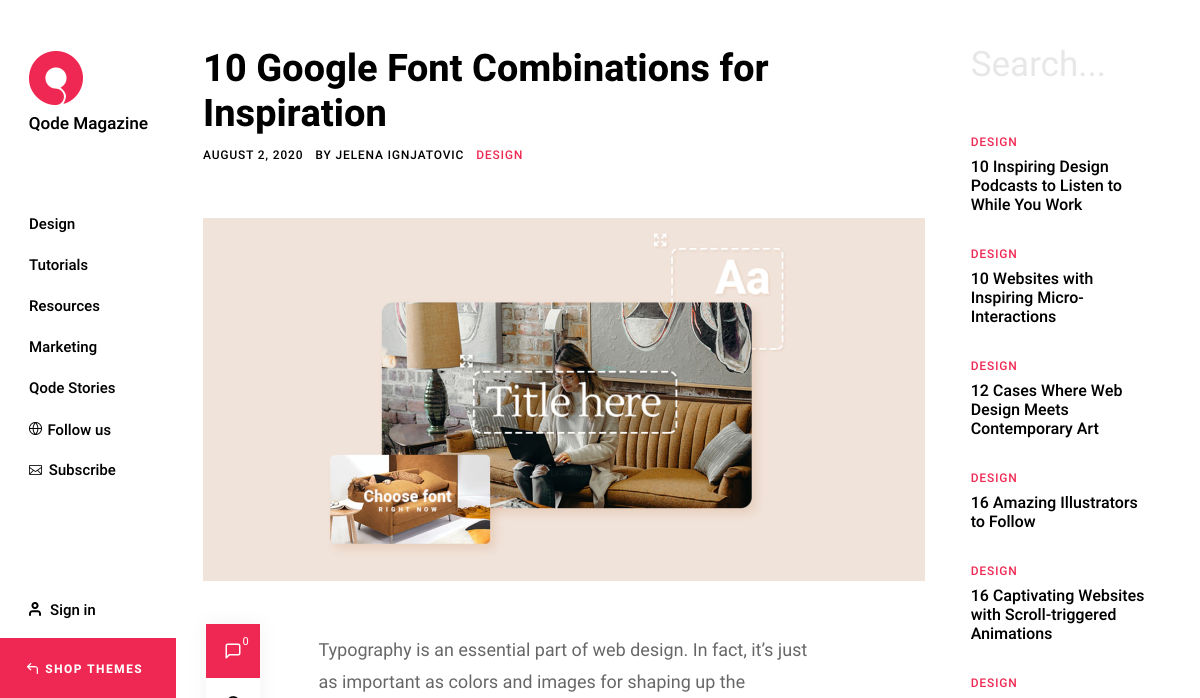
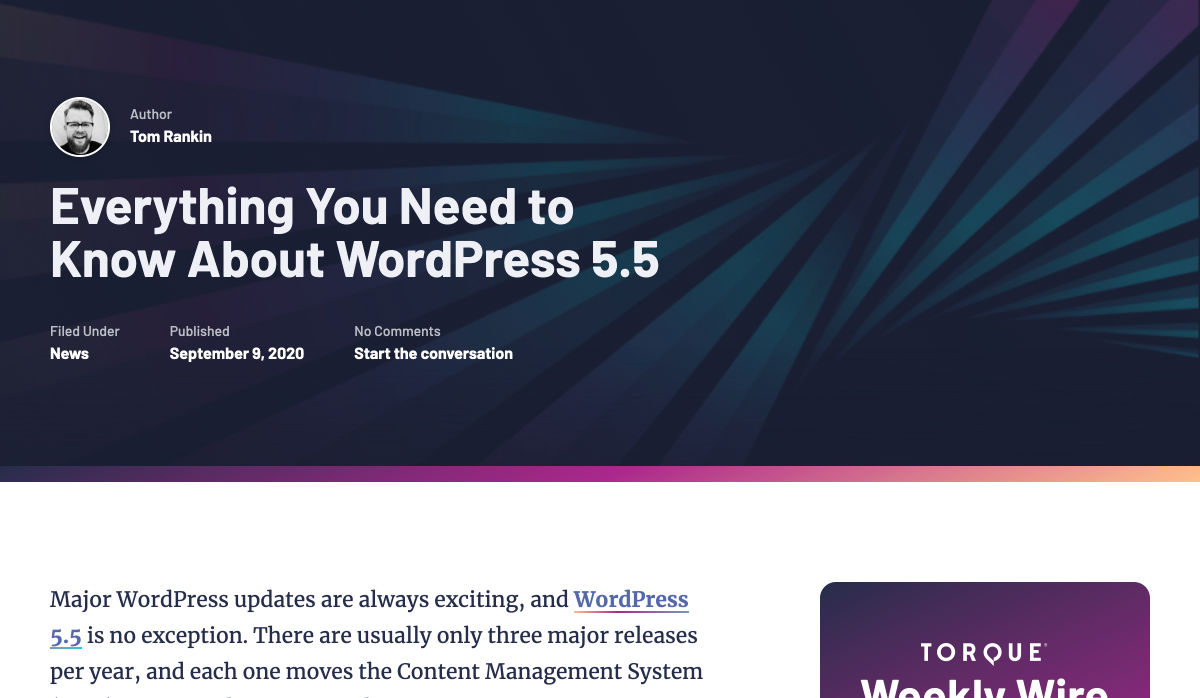
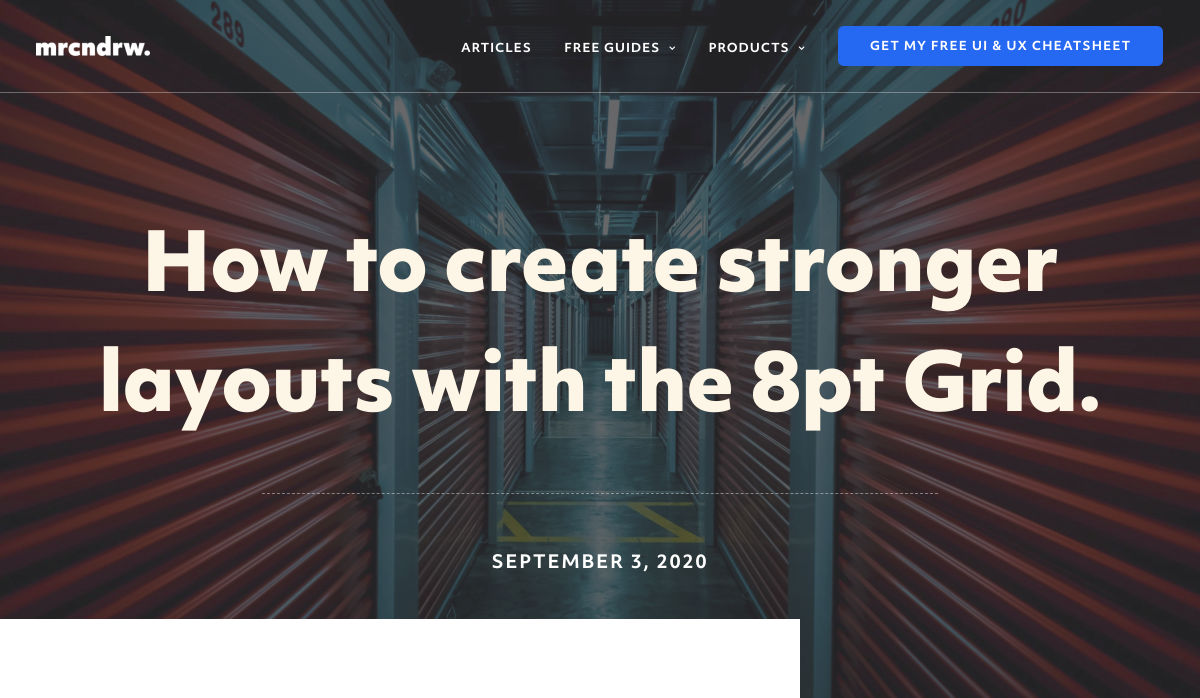



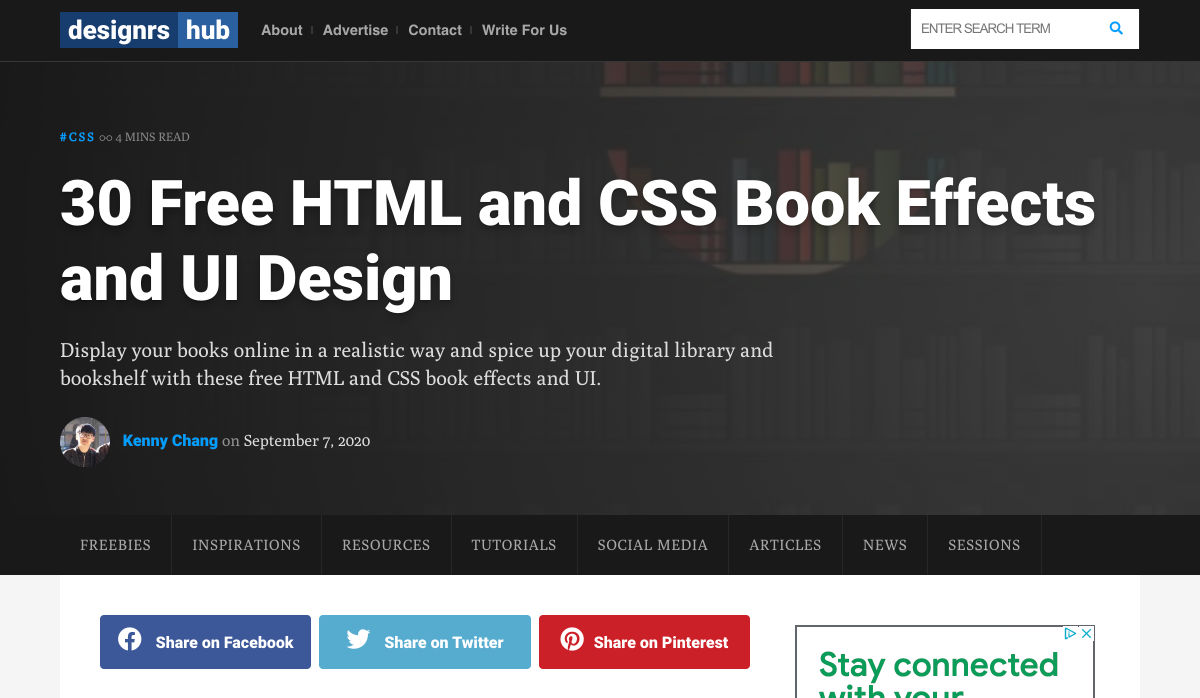
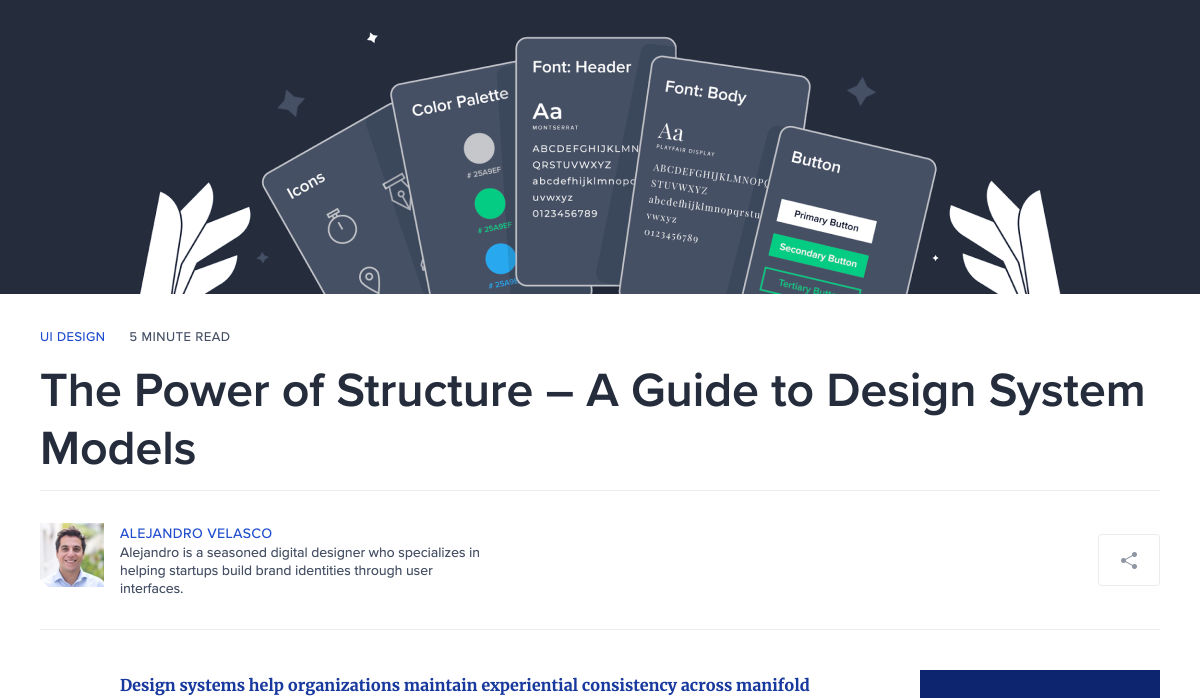



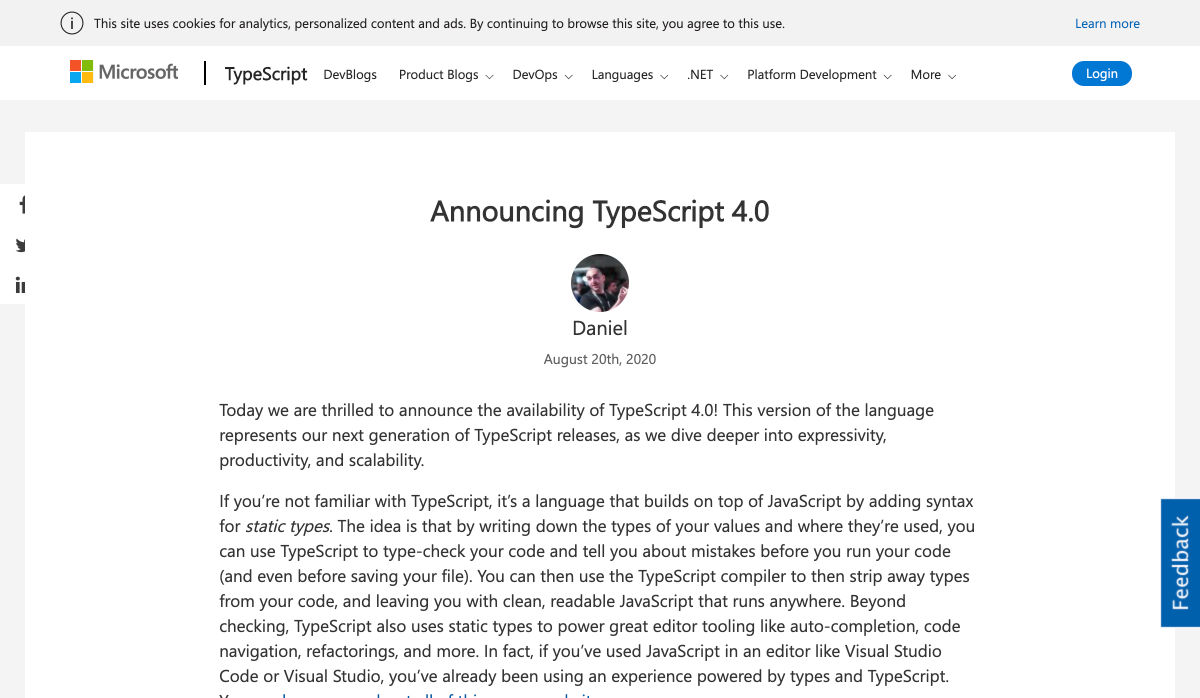


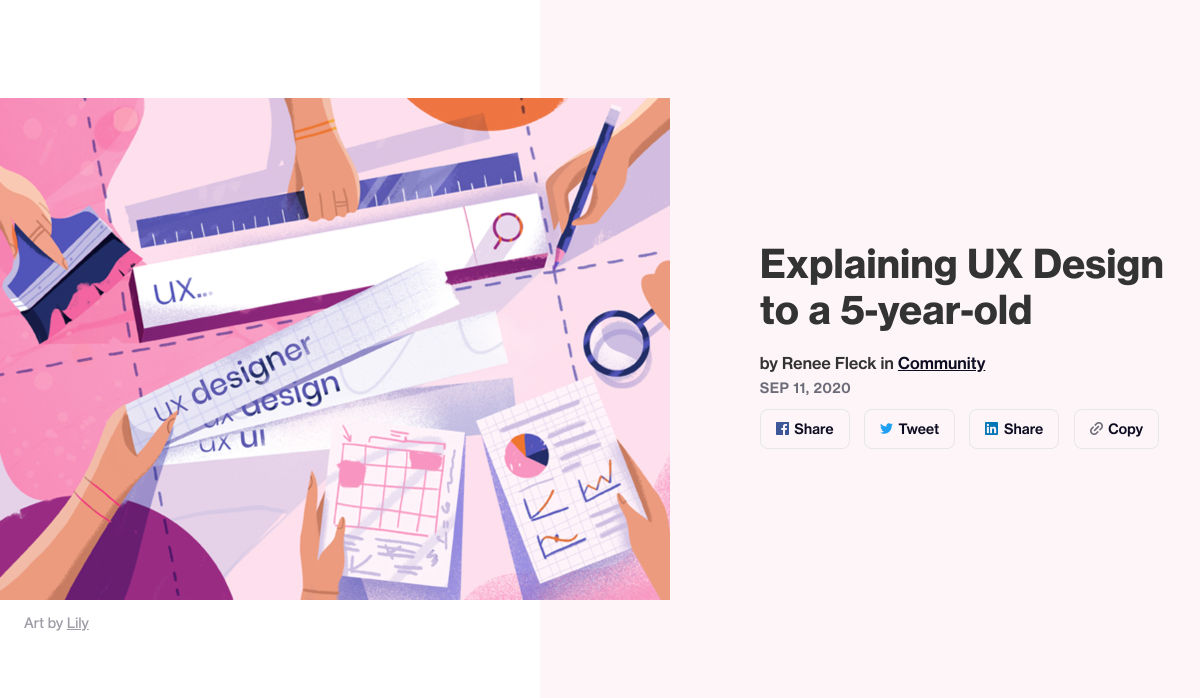


 Voice is one aspect of technology that is getting bigger and bigger, and showing little sign of relenting. In fact, 2019 data revealed that 22% of UK households owned a voice-controlled digital home assistant device such as an Amazon Echo or Google home. This is double the figure recorded in 2017 and it is predicted that over the next five years nearly 50% of all homes will have one. Smart home adoption rates are increasing, and it shows how voice control is something we are all becoming more accustomed to.
Voice is one aspect of technology that is getting bigger and bigger, and showing little sign of relenting. In fact, 2019 data revealed that 22% of UK households owned a voice-controlled digital home assistant device such as an Amazon Echo or Google home. This is double the figure recorded in 2017 and it is predicted that over the next five years nearly 50% of all homes will have one. Smart home adoption rates are increasing, and it shows how voice control is something we are all becoming more accustomed to.
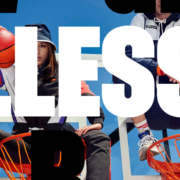
 A seasonal change is on the horizon and that always has me looking to refresh projects. This month’s design trends provide a few different ways to do that without ripping up your entire website.
A seasonal change is on the horizon and that always has me looking to refresh projects. This month’s design trends provide a few different ways to do that without ripping up your entire website.
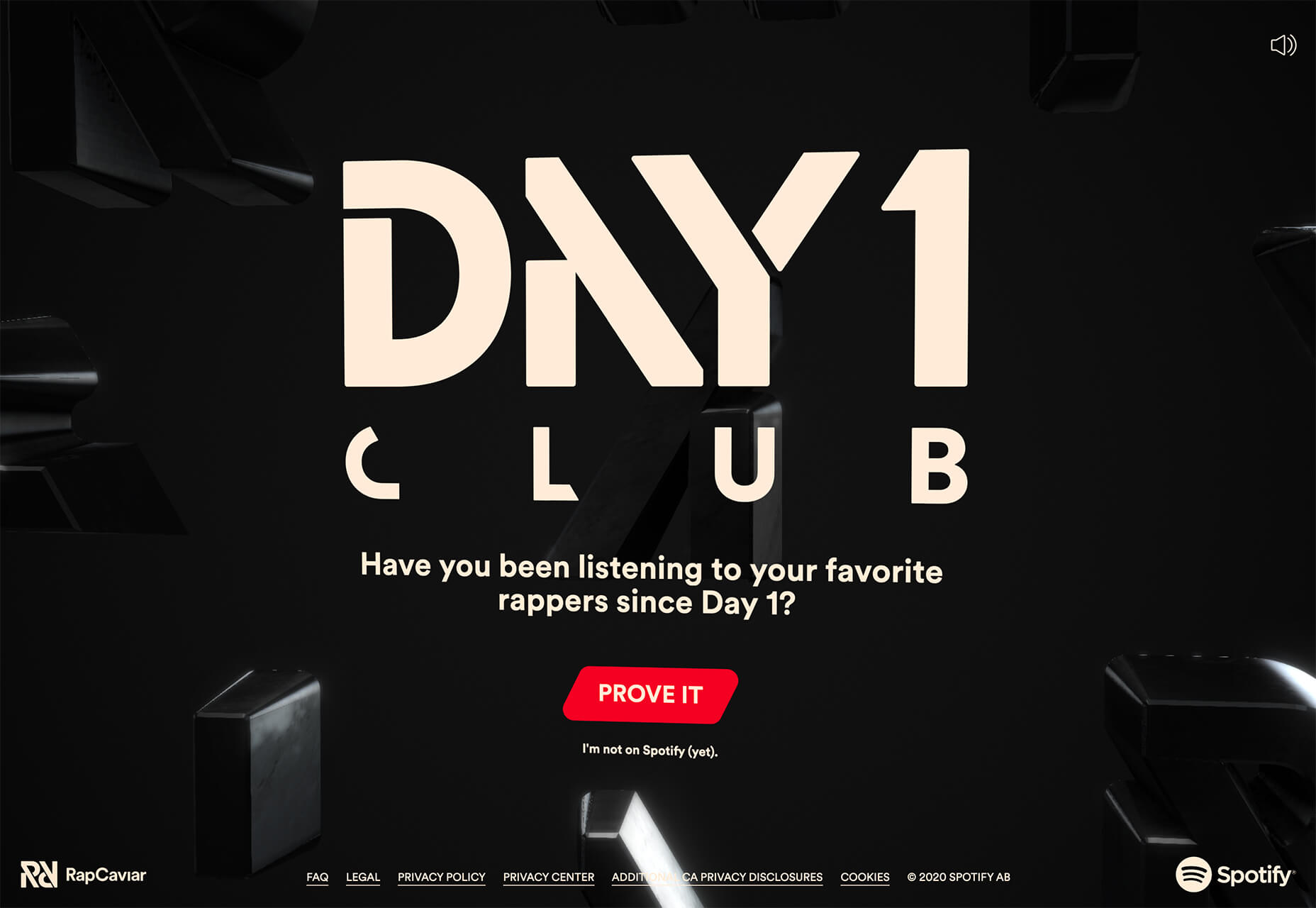


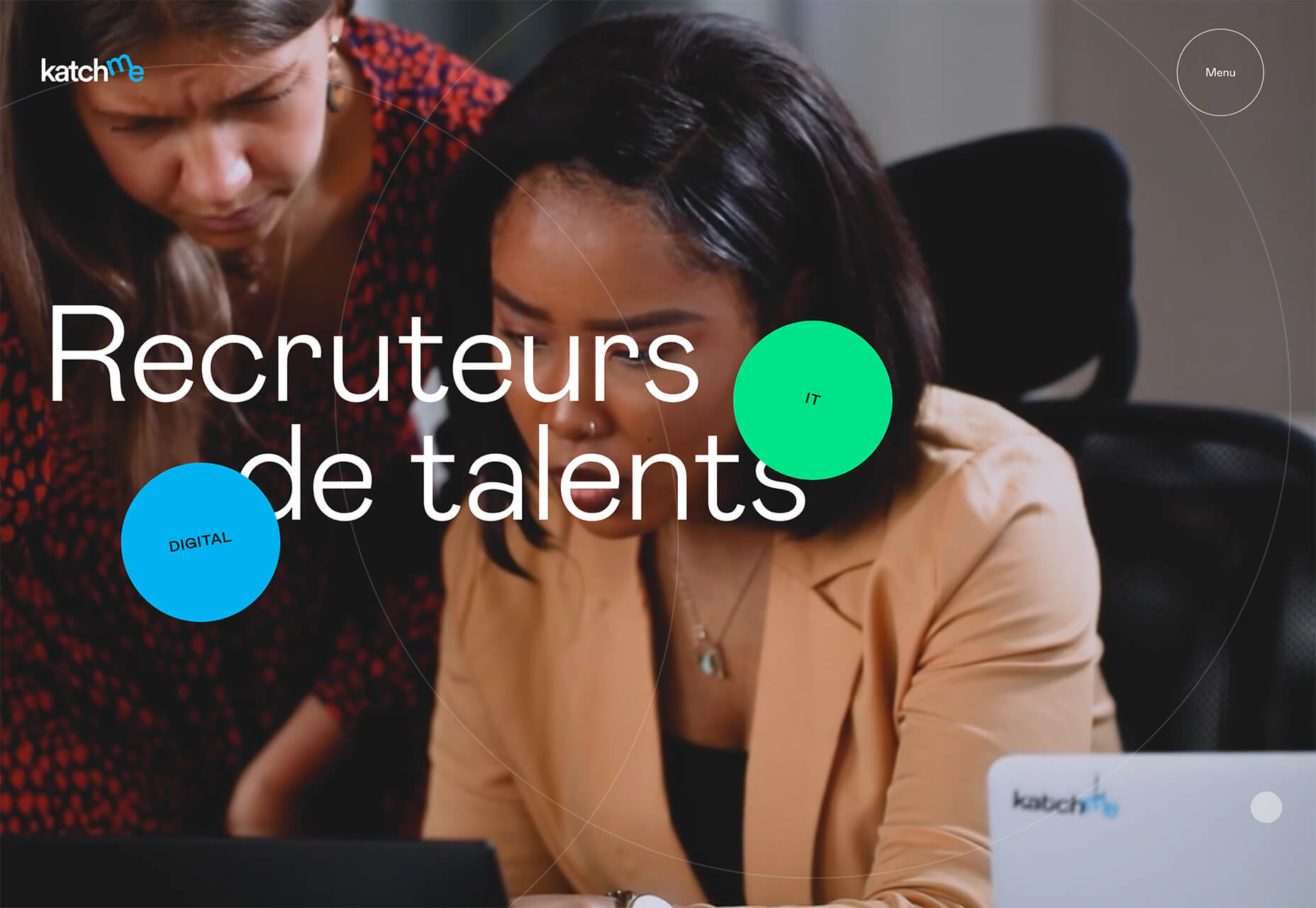


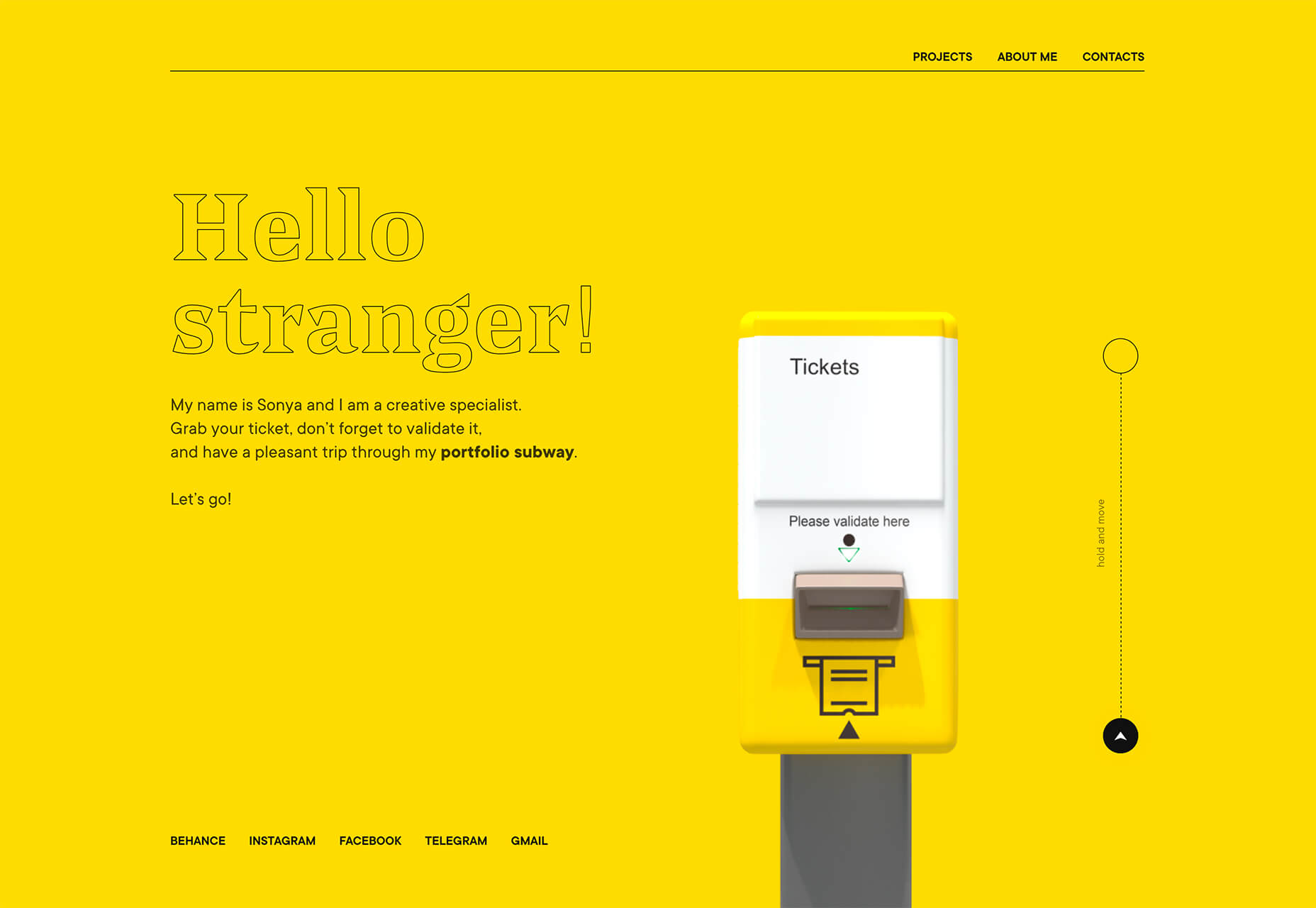
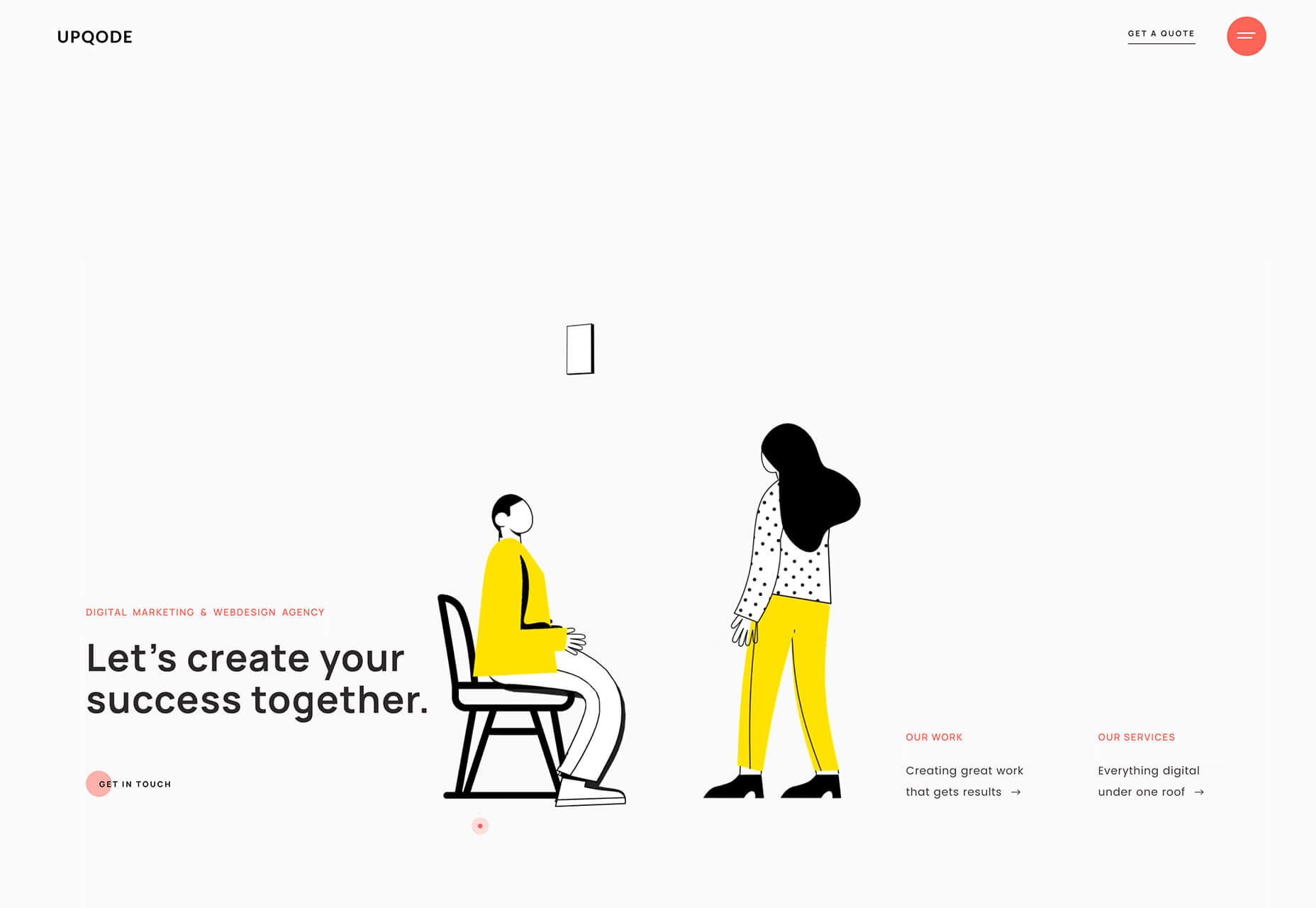

 Every week users submit a lot of interesting stuff on our sister site Webdesigner News, highlighting great content from around the web that can be of interest to web designers.
Every week users submit a lot of interesting stuff on our sister site Webdesigner News, highlighting great content from around the web that can be of interest to web designers.
